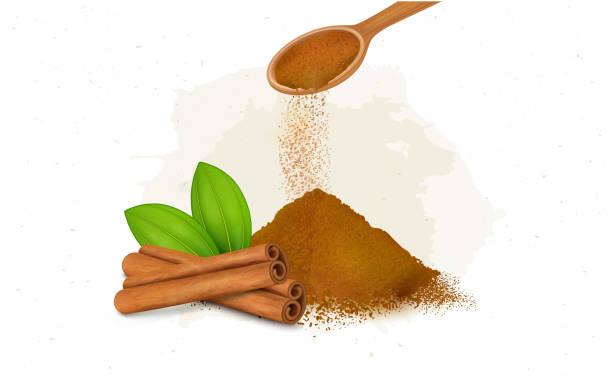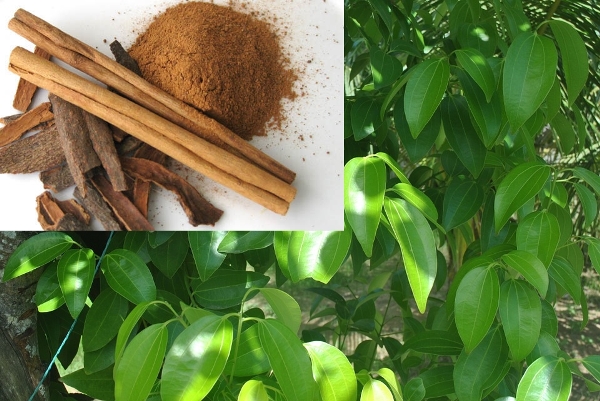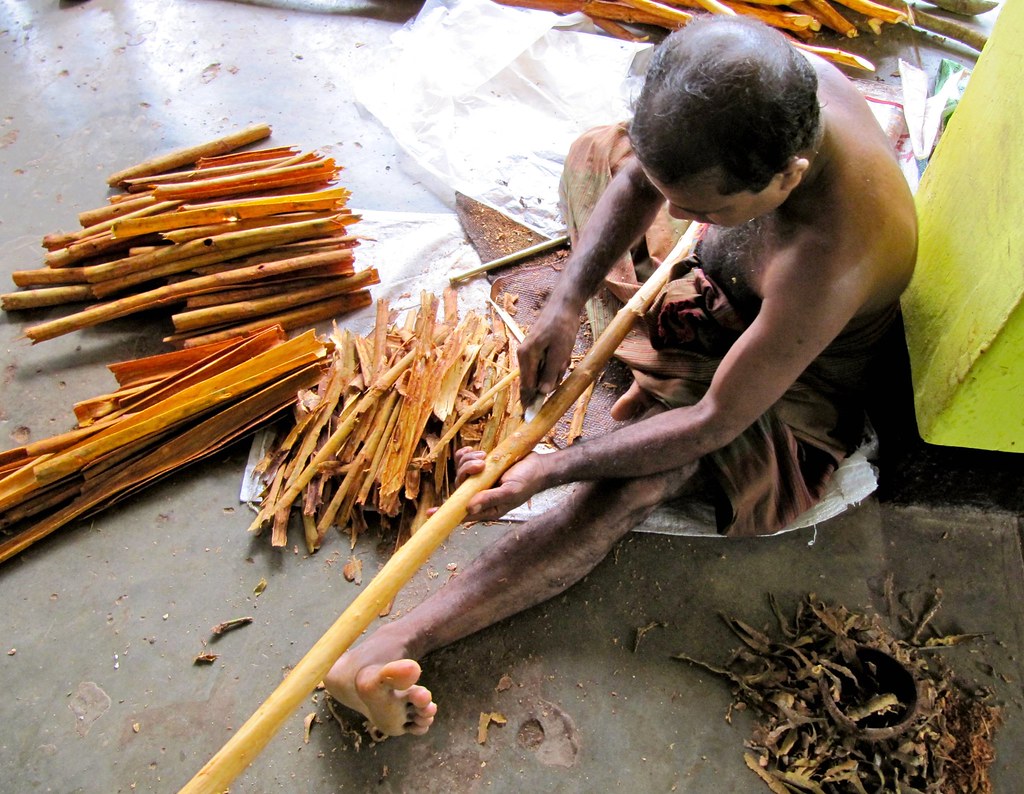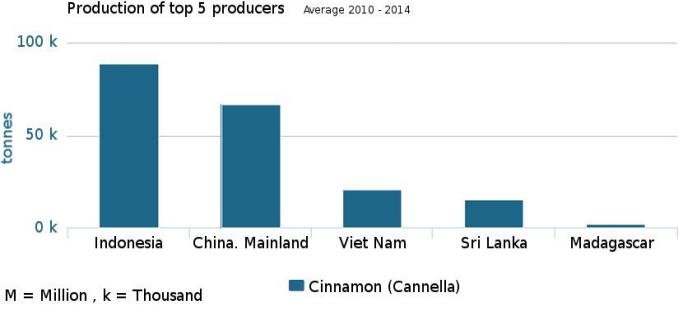
Cinnamon, one of the most beloved and widely used spices worldwide, has a captivating history that dates back centuries. This aromatic spice, derived from the inner bark of certain tree species, has been prized for its distinct flavor and numerous health benefits.
In this article, we will explore the intriguing process of cinnamon harvesting, from cultivating cinnamon trees to extracting and preparing the spice. Join us on this aromatic journey as we uncover the secrets behind cinnamon’s journey from the tree to your table.
The Cinnamon Tree
Cinnamon is derived from several tree species, primarily Cinnamomum verum (Ceylon cinnamon) and Cinnamomum cassia (Cassia cinnamon). These evergreen trees thrive in tropical climates, where they are cultivated for their prized inner bark. Cinnamon trees are generally small to medium-sized and require specific growing conditions to flourish. They prefer well-drained soil, partial shade, and a warm and humid environment.
Cultivation and Growth

The cultivation of cinnamon trees involves meticulous care and attention. The trees are typically propagated through seeds or stem cuttings. Once planted, they require regular watering, pruning, and protection from pests and diseases. Cinnamon trees take approximately two years to mature before they can be harvested.
The cinnamon tree develops several branches during the growing process, with the outer bark as a protective layer. The inner bark holds the aromatic compounds and the characteristic flavor. Harvesting cinnamon involves carefully removing this inner bark without damaging the tree.
Cinnamon Harvesting Techniques
Cinnamon harvesting is a labor-intensive process that requires skill and precision. Two primary methods are used for harvesting cinnamon: the traditional method and the modern method.

In the traditional method, farmers selectively cut branches from mature cinnamon trees during the dry season. These branches are then carefully stripped of their outer bark using specialized tools, exposing the inner bark.
The inner bark is delicately separated from the rest of the branch using a small knife, revealing the cinnamon quills. These quills are then sun-dried, causing them to curl into the familiar cinnamon sticks.
The modern method of cinnamon harvesting involves more mechanized processes. Machines scrape the outer bark from the branches, exposing the inner bark. This mechanized approach allows for larger-scale production and faster processing.
This section will dive deeply into the fascinating world of cinnamon harvesting techniques. It will cover the step-by-step process of extracting cinnamon from the trees and transforming it into the familiar spice in our kitchens.

- Bark Stripping: The initial stage of cinnamon harvesting involves carefully removing the outer bark from the tree trunk. We will discuss the timing, tools, and techniques used in this delicate operation, ensuring the proper balance between preserving the tree’s health and maximizing the yield.
- Inner Bark Separation: The inner bark is exposed once the outer bark is stripped away. This inner layer, the cambium, contains the aromatic compounds that give cinnamon its distinct flavor and aroma. We will explore methods to separate the inner bark from the wood, highlighting traditional practices and modern advancements.
- Curing and Drying: After separating the inner bark, it undergoes a curing process that enhances its flavor and aroma. We will explore the different approaches to curing, including sun drying, oven drying, and other specialized techniques. Additionally, we will discuss the importance of proper moisture control and the optimal duration for curing to achieve the desired quality of cinnamon.
- Grading and Packaging: Once the cinnamon bark is cured and dried, it goes through a grading process to sort it according to its quality, color, and size. We will examine the various grading standards employed in the industry, ensuring that only the finest cinnamon reaches consumers’ hands. Furthermore, we will discuss the packaging methods used to preserve the spice’s freshness and extend its shelf life.
Processing and Grading

Once the cinnamon quills have been harvested, they undergo further processing and grading. The quills are sorted based on their size, appearance, and quality. The best-quality quills are typically thick, tightly rolled, and have a smooth texture.
After sorting, the cinnamon quills are subjected to a drying process. This can be done naturally under the sun or using specialized drying machines. Drying removes excess moisture from the quills and helps to preserve their flavor and aroma.
After drying, the cinnamon quills are typically cut into smaller pieces, known as cinnamon chips or cinnamon flakes. These chips can be used in culinary applications or further processed into cinnamon powder.
Can Cinnamon Kill You? Debunking the Myth
Cinnamon in the Global Market
Cinnamon is in high demand worldwide, making it a valuable commodity in the global market. Sri Lanka, Indonesia, China, and Vietnam are among the largest producers of cinnamon. Each country has its unique methods and species of cinnamon, resulting in slight variations in flavor and aroma.

Cinnamon is used in a wide range of culinary dishes, beverages, and desserts due to its warm and sweet flavor profile. Additionally, it has been used in traditional medicine for centuries, with potential health benefits such as anti-inflammatory properties and blood sugar regulation.
CONCLUSION
Throughout history, cinnamon has been highly valued for its rich, warm flavor and medicinal properties. It has been used in traditional medicine for its potential anti-inflammatory, antimicrobial, and antioxidant effects. Additionally, cinnamon has gained popularity for its potential health benefits, such as blood sugar control and improved digestion.
Cinnamon undergoes a journey from harvest to spice, involving harvesting, drying, grinding, sorting, packaging, and distribution. The result is a versatile and aromatic spice that has found its way into numerous cuisines and cultural traditions worldwide.
